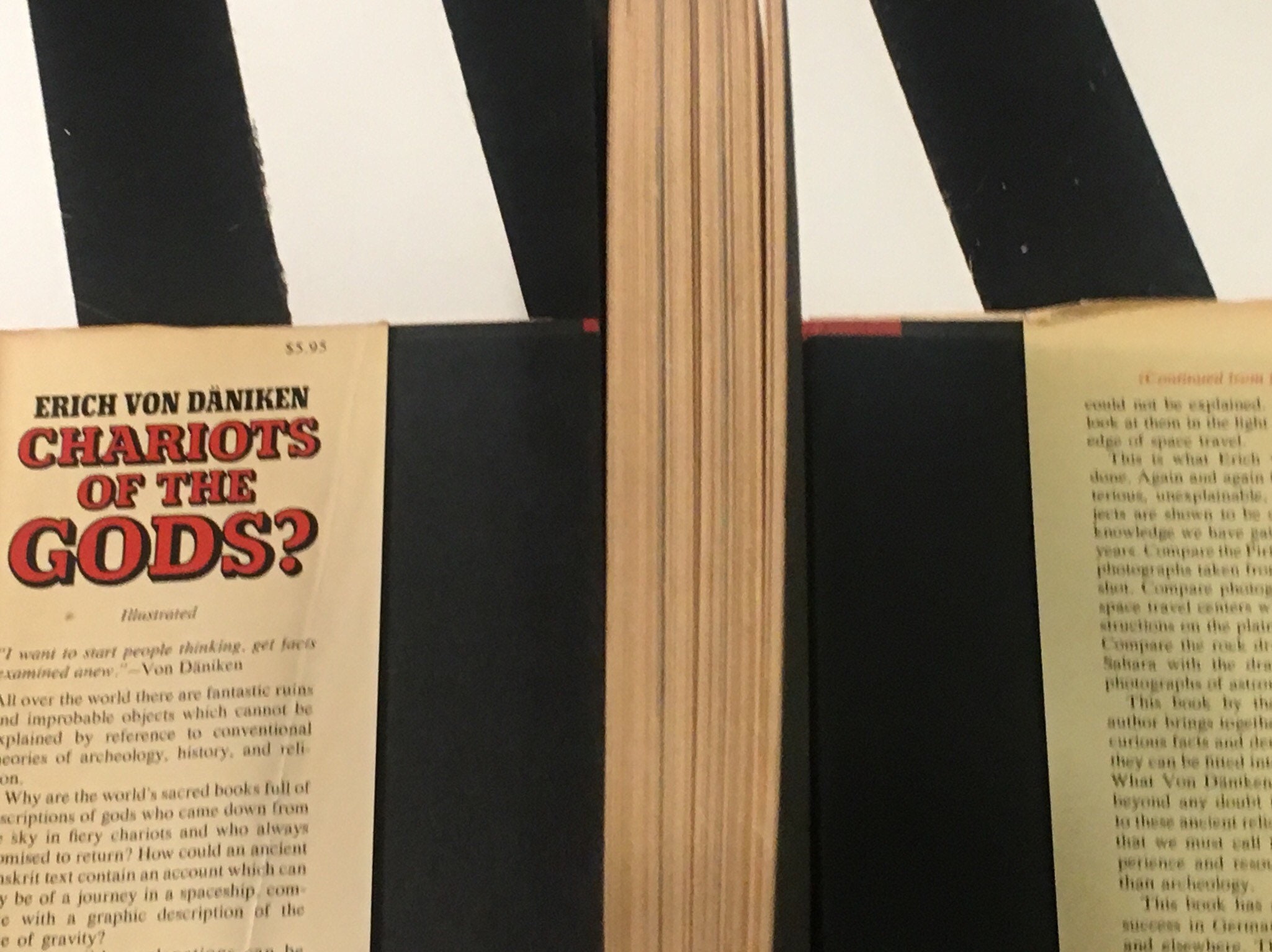

Neither The Call of Cthulhu, nor his collection of stories known as the Cthulhu Mythos, is equivalent to an urtext, for Lovecraft was inspired himself by Charles Fort, a fellow American obsessed with the arcane, eldritch and esoteric, who published The Book of the Damned in 1919, a work investigating the weird and wonderful anomalies of our world. The American author did not invent what became to be known as the ‘ancient astronauts’ theory, but he sure helped popularise it among fellow science-fiction and horror writers. Lovecraft’s classic short story, The Call of Cthulhu, was published in the February 1928 issue of Weird Tales. “We live on a placid island of ignorance in the midst of black seas of infinity.”ĭetails of the carved lid of the tomb of K’inich Janaab Pakal I in the Temple of the Inscriptions. But this is like drawing a direct comparison between King Pakal’s tomb lid and the Space Jockey in Ridley Scott’s Alien (1979).

Erich von Däniken thinks King Pakal is sitting in a space rocket. Archaeologists have studied the tomb lid in relation to the rest of the tomb, its walls and other mosaics. It is a depiction of the deceased king in what may signify a moment of rebirth, or entering the realm of the dead. Take for instance the carved lid on the tomb of Maya king Pakal. He literally believes cave drawings, cuneiform writings, non-canonical writings from the Bible, the Old Testament, and sites of archaeological interest tell us explicitly, even scientifically, of these alien visitations. He has challenged archaeology and his own interpretation of ancient objects, such the so-called Baghdad battery, ruins and symbols is that these remarkable places have their origins in contact with alien lifeforms. Swiss writer Erich von Däniken is a sort of 20th century antiquarian in the tradition of the amateur expert of the 17th and 18th. For in the 20th century, archaeology produced a new branch of study: paleocontact. It was Sir Richard Colt Hoare (1758–1838), pioneer 19th century archaeologist who declared “We speaks from facts, not theory,” but that has hardly proved a sort of guide line or equivalent to Hippocratic oath for the field.

Excavations to this day are turning up new information about these iconic places, revising histories and previously held opinion, sometimes shattering old preconceptions. How they were built, for what purpose and what they tell us about not only individual cultures, but human culture, development and intellectual innovation, are fundamental questions for archaeologists challenged to uncover the many secrets of our ancient past. In 1968, Erich von Däniken’s Chariots of the Gods? rocked the world with its radical question: ‘Is God an astronaut?’Įaster Island, the Great Pyramids of Egypt, the Nazca lines, the tomb of King Pakal at the Temple of Inscriptions in Mexico.


 0 kommentar(er)
0 kommentar(er)
